Umbria is one of the smallest regions of Italy that usually lies in the shadow of its majestic neighbor, Tuscany. However, this land is home to many more Roman ruins than its neighboring region, due to its proximity to Rome. Its importance for the Roman Empire was mainly due to the fact that very important Roman roads, especially Via Flaminia, crossed its territory. Via Flaminia was a road that connected Rome to the Adriatic Sea, supplied Rome and also served as military highway into and out of Rome.
You will be able to find many Roman churches very well-preserved, and plenty of bridges, theaters and amphitheaters that have survived until our times (and probably will continue to stand proud long after we are gone) due to the amount of stone and the quality of the concrete used for their constructions. Here are the top 5 roman ruins in Umbria, Italy:

The Roman Bridge that can be found at Narni is one of the most spectacular and fascinating Roman sights in central Italy, an architectural masterpiece that was built across the Nera river. Via Flaminia passed through Narni, and so the city was very important for the Roman Empire. The bridge was built in 23 BC by Emperor Augustus, and it became the point where Via Flaminia crossed over the Nera river. The Bridge of Augustus, how it is also known, is the longest Roman bridge ever constructed and it is about 30 meters high. Today, half of it is still standing.
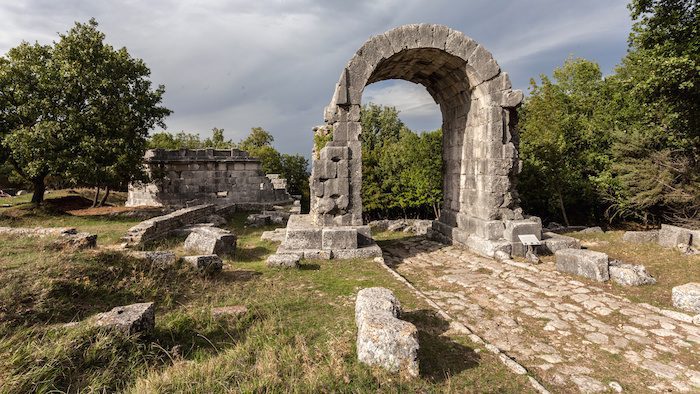
Carsulae is one of the most important and complex archaeological ruins in Italy. The site was founded in 300 BC, but it reached its peak only after Via Flaminia was built through the town, between 220-219 BC. It was considered to be a rest stop for soldiers, travelers and traders.
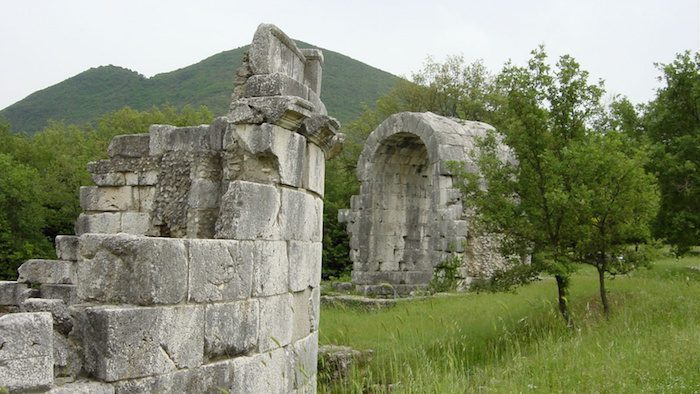
During the reign of Augustus, it became a municipium. A number of new buildings were erected. Some of the most important ones were the amphitheater, the forum and a marble-clad Arch of Trajan, known today as Arco di San Damiano. The golden age of the city materialized into a large complex of mineral baths, temples, theaters and other public and private buildings.

Today you can see the ruins of Via Flaminia, the main street of the town, which is a collection of footpaths and gutters, thermal baths, two twin temples, the forum, the remains of some public buildings, the basilica (the public meeting hall for the citizens of Carsulae), the amphitheater, which was probably built during the Flavian dynasty, and a theater built during the ruling of Augustus, so before the amphitheater.
Check out 10 Ancient Greek Sites on Greek Islands
The Collegium Iuvenum, which was a school for young people, is also visible, as well as two cisterns that were meant to contain water, and a funerary monument which belonged to an aristocratic family.

During the 4th or 5th century, at the southerly entrance of Carsulae, on the foundation of an unknown Roman building, the church of San Damiano was built, meant to accommodate a small community of nuns. Today this church is still visible.

The Roman amphitheater of Assisi is situated in Porta Pelici, one of the eight gates of the town. Porta Pelici dates back to the 12th century, but you can still notice the structure of a Roman amphitheater that was built in the 1st century AD. It has an elliptical form which is visible between the garden wall that delimits the area of the ancient Assisi from the medieval structures. The garden is actually set on the former arena, and you can still see a travertine arch.

The town of Gubbio is situated 40 km from Perugio and about 65 km from Urbino, on the lower slopes of Mt. Ingino. Its Roman theater was built during the 1st century BC from local limestone, and it was the second largest theater in the Roman empire, after the theater of Marcellus in Rome.
Check out the 40 Roman Ruins in Rome, Italy
The arena has an interior diameter of 70 m and an outer diameter of 110 m. Due to its size, many have mistaken this structure for an amphitheater. The theater is situated below Gubbio center and today is a venue for open-air performances and an observation point for those who want to capture beautiful views of the town.
Explore the list of activities to enjoy during your visit to Gubbio.
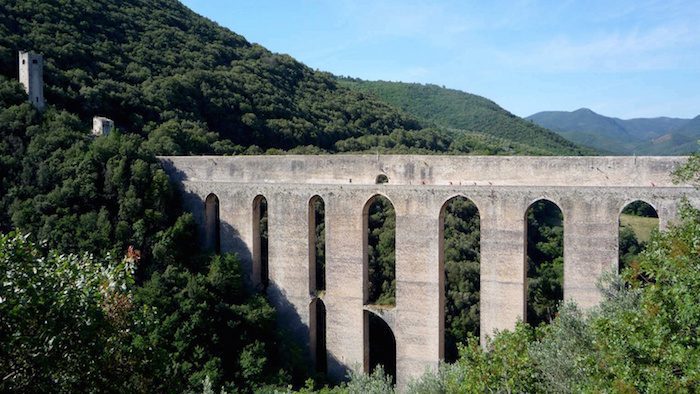
Spoleto is an enchanting medieval town that charms every traveler not only with its Middle Age stories and architectural masterpieces, but also with an impressive number of Roman ruins. The town dates back to ancient times, being first inhabited by the Umbri people, and then by the Romans. It became a colony in 241 BC, its central position making it very important for the Roman Empire.
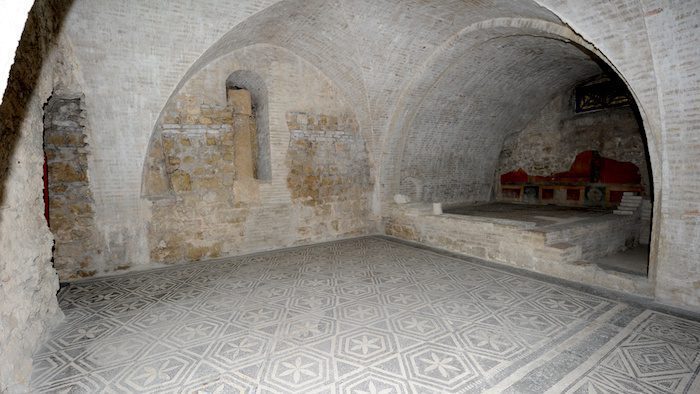
The Romans left many fascinating structures behind, that are still visible today. The most remarkable ones, that are very well-preserved and help you picture the ancient look of the town are:
Roman theater – it is a reconstruction of the original theater, and today is a scene for summer events and houses the National Archaeological Museum;
Ponte Sanguinario (Bloody Bridge) – dates back to the 1st century; it is in an impressive state, but is situated today below ground level; however, you can still visit it; the name comes from the Roman times, when Christians were persecuted in the amphitheater situated nearby.
Check out The Roman Ruins of Portugal
Roman amphitheater – dates from the 2nd century AD and it was converted in a fortress by Totila in 545; you can still see the Minervio barracks, long sections of the lower ambulacrum and a part of the upper ambulacrum;
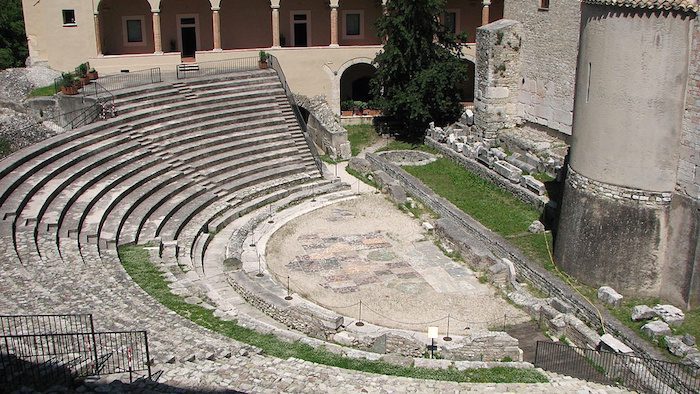
Casa Romana – it is situated next to the Palazzo Comunale and dates from the 1st century AD; it was restored during the 2nd century AD and inhabited until the Early Middle Ages;
Basilica of San Salvatore – dates from the 4th or 5th century AD and includes a cella of a Roman Temple; it is one of the most important examples of Early Christian architecture in the world.
Did you enjoy reading about the top 5 roman ruins in Umbria, Italy? Leave us a comment below!
Counter
101 Countries • 1432 Cities